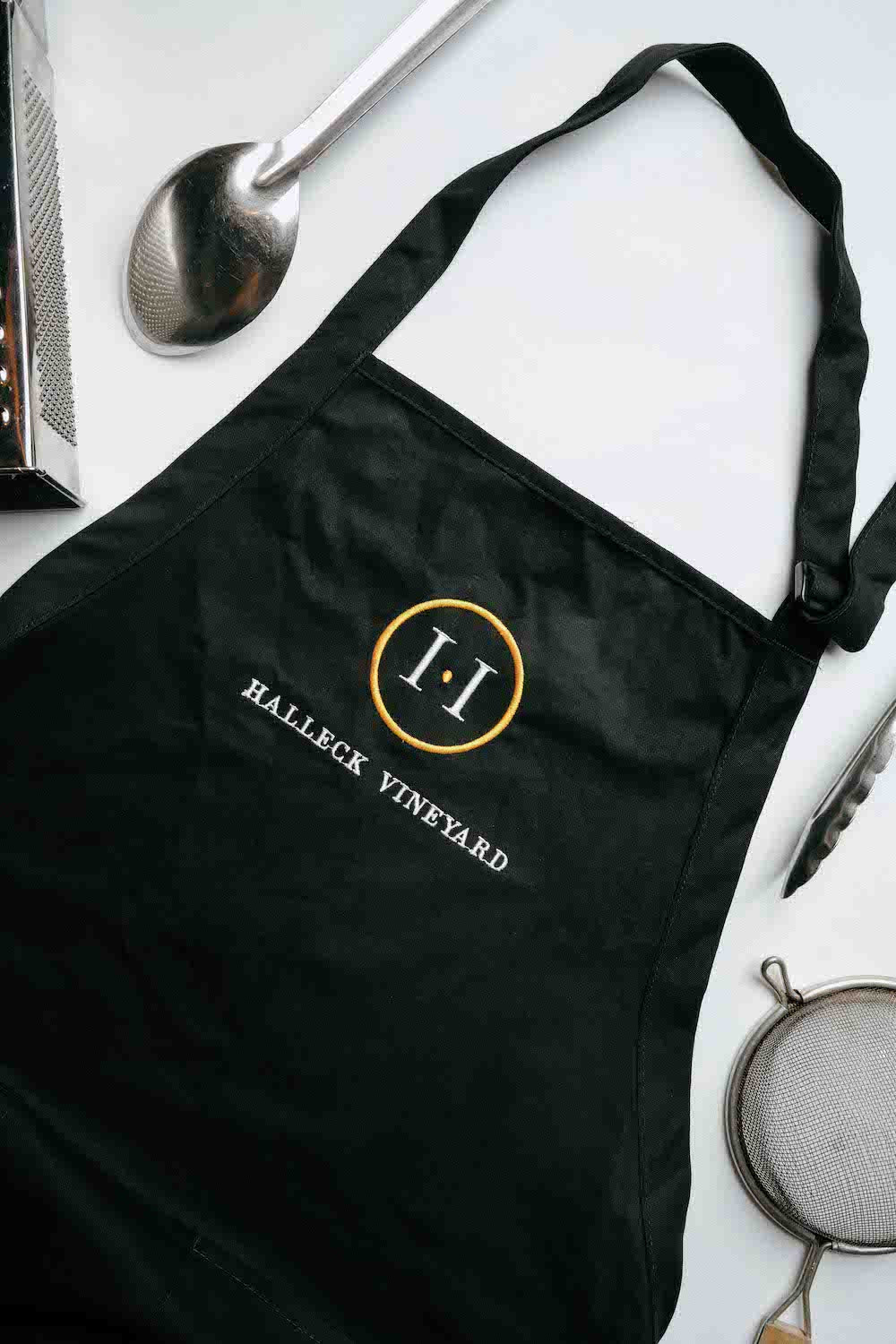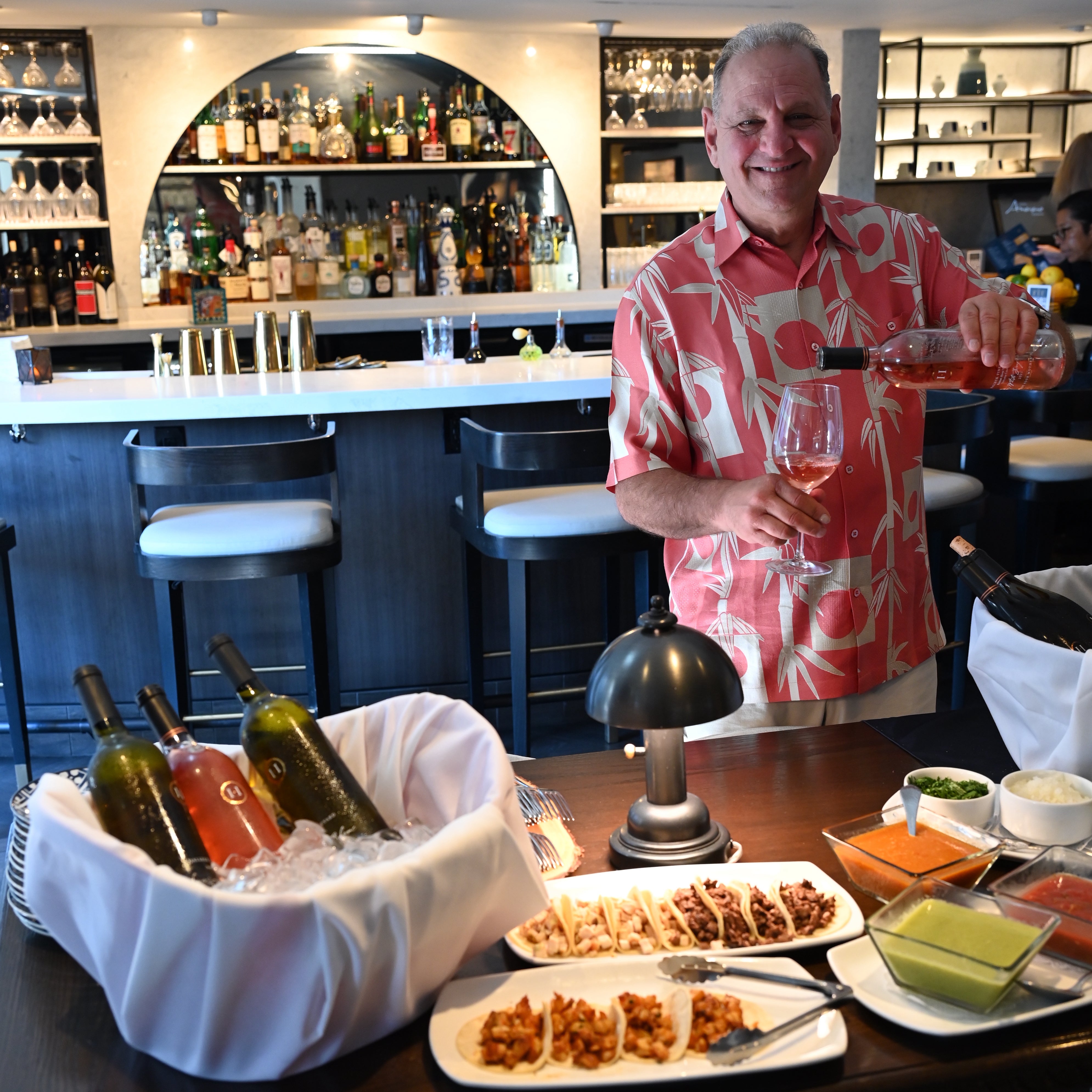Family-Friendly Wineries Near Sebastopol - Sebastopol Wine Country
Best Pinot Noir Wineries In Sebastopol - Sonoma's Finest Wineries
Wine tasting is an art that requires practice and an understanding of varied features involved within the course of. One crucial element of wine tasting is the event and interpretation of tasting notes, which function a guide for both novices and seasoned connoisseurs. A Guide To Understanding Winery Wine Tasting Notes can improve your wine-tasting experience, making it more meaningful and gratifying.
Tasting notes are concise descriptions that seize the essence of a wine’s flavors, aromas, and general character. Usually composed by professional tasters, winery tasting notes offer insights into the nuances of assorted wines. They can help wine enthusiasts understand what to anticipate from a specific bottle. Nevertheless, tasting notes can vary broadly in style and detail based on the author's experience and palate.
Rustic Family-Owned Wineries In Sebastopol - Luxury Wine Tasting In Sonoma County
When you first approach a glass of wine, your senses will start to engage immediately. The sight, smell, and taste of the wine will converge to provide you a complete experience. Tasting notes typically begin with the visual evaluation, the place the colour of the wine is taken under consideration. Color plays a big role in indicating the wine’s age, grape variety, and even its flavor profile.
After assessing the visible facet, the subsequent step involves swirling the wine in the glass. This motion aerates the wine, permitting its aromas to awaken. Smelling the wine offers important insight into its complexity. The preliminary sniff can ship a flood of scents that may embrace fruity, floral, herbal, or earthy notes. This is often probably the most subjective a part of tasting, as particular person experiences can dramatically differ.
In winery tasting notes, descriptors are often categorized into primary, secondary, and tertiary aromas. Major aromas normally stem from the grape variety, secondary aromas derive from fermentation processes, and tertiary aromas come up from growing older. Understanding these classes may help you respect the depth of a wine, they usually also provide the vocabulary to express your experience higher.
Wineries Providing Guided Vineyard Walks - Unforgettable Wine Tastings In Sonoma
Following the olfactory encounter, your focus will shift to the style of the wine. This is where the primary characteristics—sweetness, acidity, tannins, alcohol—come into play. Tasting notes often element these flavors in a quantity of dimensions, together with the initial assault on your palate to the lingering finish in your tongue. A high-quality wine will current a harmonious balance between these factors.
Whereas tasting, it's important to contemplate the body of the wine, which can be described as light, medium, or full. The body contributes significantly to your overall impression, helping you think about how the wine pairs with food or whether it stands alone as a sipping wine. Balancing the body with the other traits will provide you with a fuller understanding of what the wine has to offer.
The end of the wine, additionally referred to as the aftertaste, is another crucial aspect typically included in tasting notes. A long, nice end often signifies a higher quality wine, while a short or cloying aftertaste might counsel otherwise. Evaluating the finish can offer further insight into the wine's complexity and distinction.
Understanding the context of winery tasting notes can also be valuable. Tasting notes can present contextual information about the winery's location, climate, and grape-growing practices. This context adds another layer of appreciation for the wine, allowing enthusiasts to connect the sensory experience with its origins, thus enhancing the enjoyment further.
Wineries Offering Elegant Wine Tastings - Sonoma Vineyards Worth Visiting
Many wineries present tasting notes on their web sites or labels, often written in an approachable but informative style. Nevertheless, not all winery tasting notes are created equal. Some could additionally be overly technical, whereas others may prioritize marketing flair over insightful evaluation. Studying to navigate these notes can arm you with the data to make knowledgeable selections when deciding on wines.
Taking Part in tastings at wineries can even deepen your understanding of wine tasting notes. Interacting with educated staff can give you a extra hands-on approach to exploring totally different wines and the language used to describe them. Wineries That Offer Dog Friendly Areas. You May have the chance to ask questions, have interaction in discussions, and doubtlessly refine your palate in actual time.
Experimentation is essential for mastering wine tasting notes. As you pattern different wines, attempt making your personal notes. Focus on describing the wine’s colour, aroma, style, and end. Over time, you’ll develop a private vocabulary that resonates along with your sensory experiences. Each note you create will assist refine your palate, allowing you to appreciate wines at a deeper degree.
Sonoma's Top Sparkling Wine Producers - Sonoma Vineyards Worth Visiting
In conclusion, a Guide To Understanding Winery Wine Tasting Notes provides a comprehensive framework for diving into the world of wines. It equips you with the strategies and language necessary to articulate your experiences. Whether Or Not you're a casual drinker or a devoted aficionado, understanding and using tasting notes can profoundly impact your wine journey. This data not only enhances your enjoyment but additionally connects you Get More Info deeply with the wealthy narratives each bottle tells. By embracing this journey, you turn out to be part of the beautiful mosaic of wine tradition, the place click this link every sip unveils a brand new story waiting to be discovered.
- Wine tasting notes usually encompass a wide selection of sensory descriptions, including aroma, flavor, acidity, physique, and finish, allowing tasters to totally appreciate the wine's traits.
- To enhance your understanding, familiarize your self with frequent wine terminology such as "tannins," "oakiness," or "terroir," which may help decipher the notes more effectively.
- A systematic strategy to tasting includes first visually assessing the wine's shade and readability, followed by swirling to launch aromas, then inhaling and describing what you experience.
- Taking notes throughout tasting may help establish patterns over time, enhancing your palate and making it easier to recall preferences for future selections.
- Don't overlook the influence of food pairings; tasting notes can differ tremendously when a wine is loved with complementary flavors, altering perception and enjoyment.
- Pay consideration to the wine’s vintage, as climatic conditions in a given yr can considerably have an result on the final product, including another layer to the tasting notes.
- Consider the winemaker's style and philosophy, which can form the wine's profile and impact how its notes evolve with every sip.
- Training with completely different grape varieties can broaden your vocabulary; every kind brings unique traits that can enhance your ability to articulate tasting notes successfully.
- Participating with wine professionals or attending tasting events can present useful insights, offering a richer context for understanding personal tasting notes.
- Bear In Mind that tasting is subjective; particular person preferences and experiences will shape one’s interpretation of the same wine, enriching the overall enjoyment of wine exploration.
What are wine tasting notes?
Wine tasting notes are descriptive feedback made by tasters concerning the look, aroma, taste, and end of a wine. They provide an summary of the wine's characteristics and can help customers perceive the style and quality of the wine.
Wineries With Unique Varietals - Wine Tasting And Vineyards In Sonoma
Why are tasting notes essential when deciding on wine?
Tasting notes can guide you in selecting a wine that fits your palate. They present insights into flavors and aromas, helping you to match wines with food or occasions. Understanding these notes enhances your overall wine experience.
How ought to I read wine tasting notes?
(Innovative Wine-Making Techniques In Sonoma Valley)
Beautiful Picnic Areas At Sonoma Wineries - Sonoma Wine Region Vineyards

When reading wine tasting notes, pay attention to the structure: search for descriptions of color, aroma, flavor, and end. This will allow you to grasp the wine's profile and decide if it aligns with your preferences.
What phrases commonly appear in wine tasting notes?
Widespread terms include "tannin" (the structure), "acidity" (the crispness), "physique" (the weight), and various flavor descriptors like "fruity," "earthy," or "spicy." Familiarizing your self with these terms can deepen your understanding of wine.
Wineries Known For Their Hospitality - Greatest Wine Tasting Locations In Sonoma

Can I create my very own tasting notes?
Yes! Writing your own tasting notes can enhance your wine tasting experience. Focus in your observations of taste, aroma, and different sensory traits. This personal practice may help you refine your palate over time.
How do I identify the aromas in wine tasting notes?
Interactive Wine Tasting Experiences In Sonoma - Sebastopol Area Wineries Offering Wine
To establish aromas, practice smelling a variety of scents and associating them with wines. Swirl the wine in your glass to launch its aromas, then take a second to breathe in deeply earlier than identifying any outstanding scents.

What is the difference between professional and private wine tasting notes?
Professional tasting notes may use extra technical language and specific terminology, whereas personal tasting notes are subjective and replicate particular person experiences. Both are useful for understanding and having fun with wine, however personal notes could resonate extra with your unique tastes.
How can tasting notes enhance my wine appreciation?
Popular Wineries With Outdoor Seating In Sonoma - Sonoma's Premier Wine Tasting Events
Tasting notes can enhance your appreciation by serving to you to know and articulate the complexities of wine. They encourage aware tasting and provide a framework for comparing totally different wines, resulting in a richer enjoyment of the beverage.
Are there any apps or tools to assist with wine tasting notes?
Yes, there are several apps designed to assist customers document and manage their tasting notes. These instruments often supply features like flavor wheel guides and wine database searches, making it simpler to trace your journey through completely different wines.